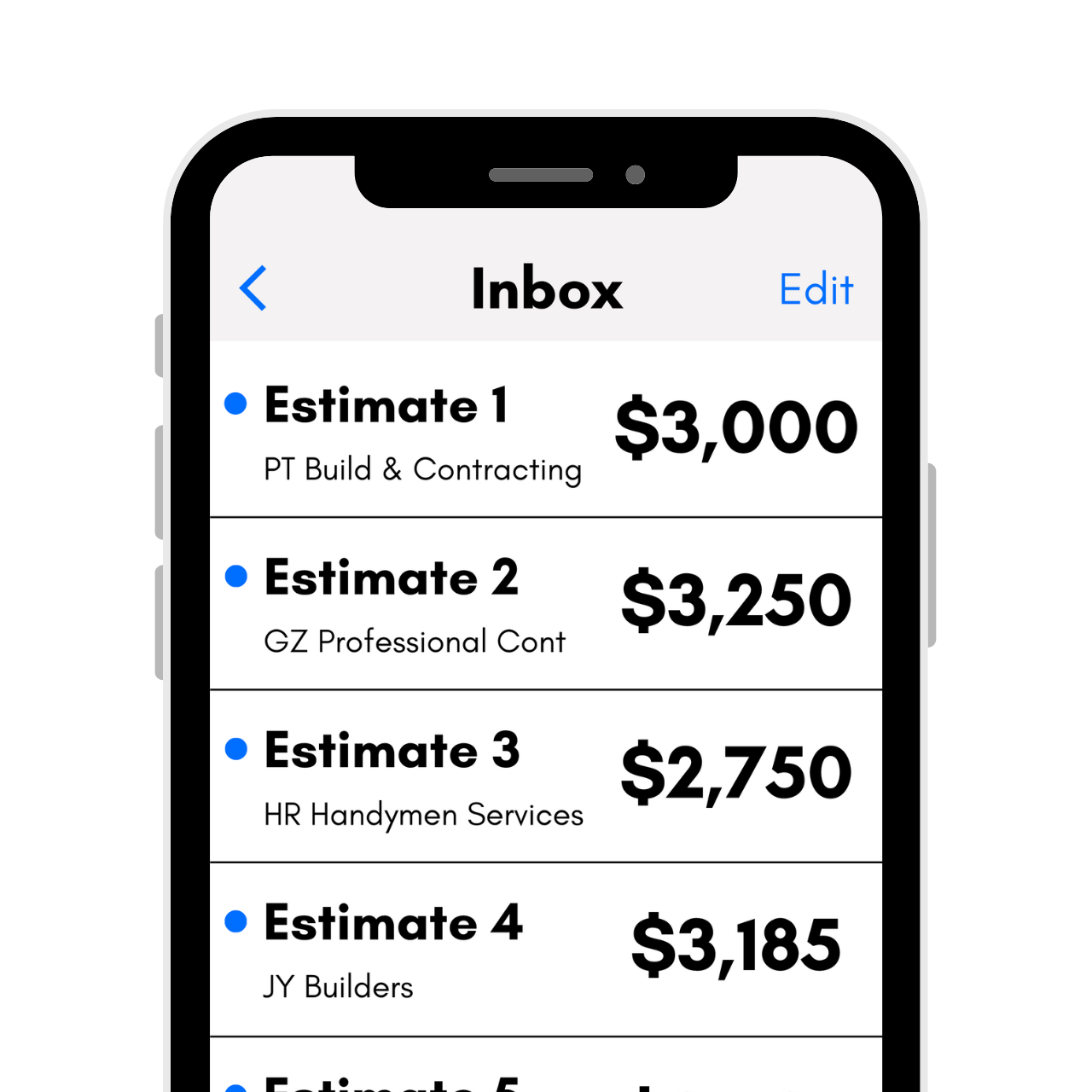Fence Stain Calculator
Use the calculator below to estimate how much material you’ll need to paint or stain a fence.
Paint/Stain Estimate:
| Total Stain Needed: | |
| Stain Needed per Coat: | |
| Total Square Footage: |
On this page:
How to Estimate Paint or Stain for a Fence
Over time, a wooden fence can become weathered and dull, and you’ll need to paint or stain it to restore its beauty and protection. Both paint and stain need to be reapplied periodically to help protect your fence from the elements and UV rays. Stain ideally needs to be reapplied every other year, while paint may last three to five years, although there is some flexibility for both.
Before you start the painting or staining process, it’s crucial to estimate how much paint or stain you’ll need to complete the project.
There are a few things you need to do to estimate paint or stain.
Step One: Measure the Fence
Measure the length and height in feet of each fence panel, then multiply them together to find the total square footage of the fence. Repeat this process for each section of the fence, remembering to measure the gates as well.
If you’re finishing both sides of the fence, you’ll need to double your square footage measurement. Keep in mind that your fence style can influence the amount of paint.
Picket fences with a lot of spaces between the pickets will require less paint than a solid fence, while fences that have a lot of extra posts, rails, and decorative areas may require more paint.
Because paint and stain can have a range of coverage, keep in mind that for fences that have more surface area to cover, you will be at the lower end of the coverage range, while fences with less area to cover may be at the higher end.
Step Two: Note the Type of Wood
The type of wood you’re trying to finish will determine how much paint or stain you need to cover it fully. Softwoods, such as pine or cedar, will absorb more paint or stain than hardwoods, such as oak or mahogany.
Most fences are made of softwoods, with the most common materials being redwood, cypress, pine, and cedar. However, some fences can be made of oak, teak, or mahogany. It is important to know the material of your fence, if possible, as it can affect not only how much paint or stain it absorbs, but also whether a primer is necessary as well.
A new fence constructed using new, unfinished lumber will also absorb more finish than one that has already been finished, painted, or primed. Some fence installers recommend letting your fence weather for a season before applying stain or paint for this reason.
The age of the fence will also play a role. Significant weathering causes the grain of the wood to open and will require much more paint or stain to get full coverage than wood that is not heavily weathered.
Most experts also suggest using a semi-transparent or solid stain for wood that is weathered to avoid a blotchy, uneven look that results from using clear or translucent stains.
If there are any sections of the fence that are beyond repair, then it’s best to replace them before you apply the new finish so they blend with the rest of the fence. Learn more about how much it costs to repair a fence.
Step Three: Choose a Paint or Stain Product
The color and type of paint or stain you use also affects how much is needed to fully cover the fence. For example, very light or very dark colors may require additional coats to evenly and completely cover the fence.
This is particularly true if you are changing the color of the fence. Going from dark to light or light to dark may require additional coats of paint or stain.
Each type of paint or stain varies in how much square footage it will cover per coat. Check the can to find the coverage rate for the specific product you intend to use.
Typically, one gallon of paint or stain covers 250-350 square feet of fence. Your coverage rate will vary depending on the type of wood, its condition, and the type and style of fence. Fences that have more surface area to cover, such as a shadowbox fence will need more material to cover than a panel fence, for example.
Step Four: Calculate the Amount of Paint or Stain Needed
Once you have the measurements of the fence and the coverage rate for the product you’re using, it’s time to calculate how much paint or stain you need.
Start by dividing the square footage of the fence from step one by the coverage rate of the product you’re using.
Then, multiply that by the number of coats you want to apply. Typically, two coats are required to get a good finish, but keep in mind that very light or dark colors may require an additional coat.
If the wood is new and has not been finished before, or if it’s very weathered, then you’ll need to account for this and add a bit to your estimate.
You should also consider adding an extra 10% of additional paint or stain to account for spillage, overspray, etc.
In general, refreshing a fence with a few coats of paint or stain is a cost-effective way to restore its beauty and protect it from the elements. Over time, these costs can add up, however, which is an important consideration when choosing a new fence, and why many choose to install a vinyl fence instead of wood.
You might also be interested in calculating the amount of stain needed for a deck.



